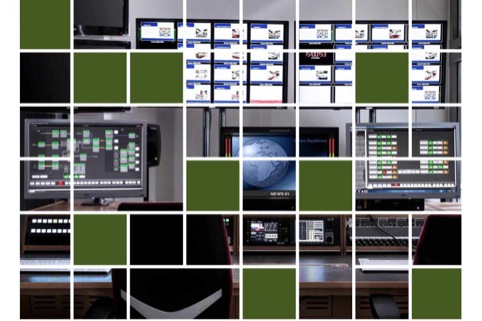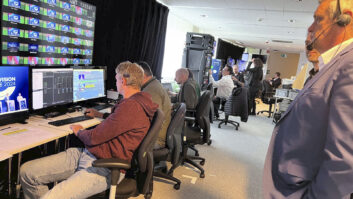
When the Dutch Parliament looked to install a new broadcast system in their parliamentary buildings in The Hague, there was no opportunity to improve an existing infrastructure – there simply wasn’t any. They had been using a third party for simple audio and video recording of parliamentary meetings and wanted to bring meeting room video and audio access, control and monitoring in house. The aim was to create a broadcast infrastructure providing completely autonomous monitoring and management that could be easily altered and updated as requirements evolved. The answer lay in Axon’s Cerebrum software solution, which aims to make the implementation of control and monitoring systems for multiple video and audio signal paths easier, more efficient and cost-effective.
Axon’s case study explains how the system was implemented at the Dutch Parliament, and is just one of many white papers and webinars featured on the NewBay Connect website. NewBay Connect is the digital resource centre for professionals within the broadcast, professional AV and pro audio markets. An extract from the paper can be found below, and the paper can be downloaded in full here.
Answering the need
The desire to open up parliamentary meetings to the public was the catalyst for the new system, helping to bring transparency to parliamentary activities whenever possible. For closed internal meetings, they required a system that would allow secure remote participation of meetings for those with authorisation. No small task. Sony, Broadcast Networks and D&MS in the Netherlands were working on two specific portions of the tender, the larger project ran by the Sony and BN consortium providing primary control, audio visual recording and streaming solutions as well as a secure monitoring system for the eleven parliamentary meeting rooms. D&MS ran the project to install cameras in the main chamber known as “Plenaire Regie” of the “Tweede Kamer” facility. Both turned to Axon for the solution.
What might have proven a major stumbling block for many video infrastructure providers was merely the starting point for Axon. The key was to design a bespoke system to meet the specific requirements of the Dutch Parliament. But what if those needs were not clearly defined from the outset? How could a system be created to accommodate future growth and functionality if such needs were undefined? With traditional systems, unknown specification changes can lead to costly upgrade down the road. Not so with Axon. Cerebrum, Axon’s comprehensive software solution makes the implementation of control and monitoring systems for multiple video and audio signal paths easier, more efficient and cost-effective by giving users the tools to add or adjust functionality. It was this capability, combined with extensive experience in custom design, that set Axon apart from the competition.






